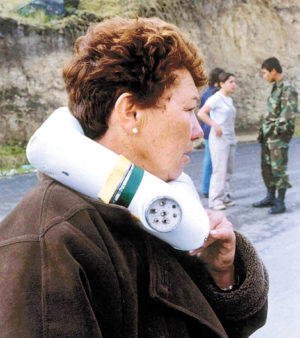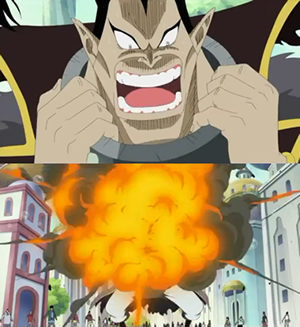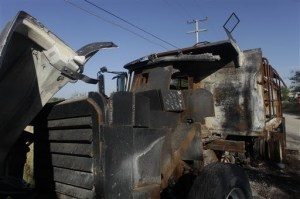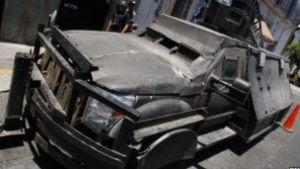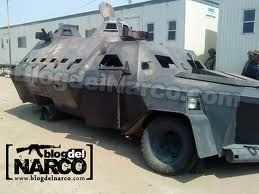The post below on historical IEDs clearly was of interest…thanks for all the comments on and offline. So I’ll plan to update an interesting historical example every week or so, where possible drawing a link to modern IED attacks…. I’ve got a fair library of these, from all over the world including a surprising number in the USA. In amongst my usual posts of course. As ever, comments, additions, arguments, points of fact etc are welcome.
So, not related to anything particular at the moment, here’s a comparison of two VBIED attacks, one in history, one in the modern era. (some of you will have seen this example before in my gigs). This comparison works well with some “story telling”, so forgive me its structure which is based on a verbal presentation and hence in a narrative mode.
In 1800, Napoleon was ruler of France. A short stockily built Artillery officer (aren’t they all?) and the son of a diplomat, he had seized power in a military coup some years earlier. On Christmas Eve he and his wife, the lovely Josephine, were off to the theatre to see an opera. They were running late, as Josephine “powdered her nose”. Grumpily because he was late he and Josephine got into their carriage, and he shouted to the carriage driver to drive fast, make haste. His route and his attendance at the event was predictable. On the route, on the Rue St Nicaise in Paris, a cart full of barrels of gunpowder (a VBIED ) had been left, with a terrorist set to light the fuse on it when the Emperor’s carriage turned into the street, with the fuze length set to explode the VBIED as the emperors carriage passed by, escorted by bodyguards on horseback.
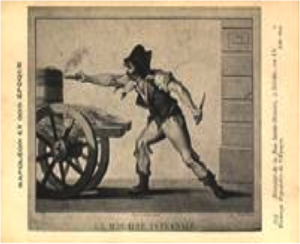
However, the speed of the carriage, running late, meant it passed the VBIED and had turned the corner, before it exploded.
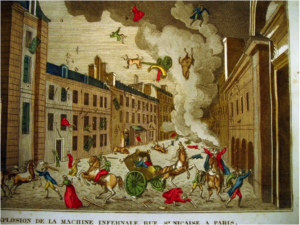
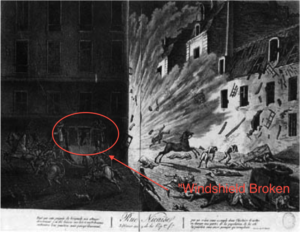
As a result of the explosion, numerous bystanders were killed along with two of Napoleon’s escorts, according to some reports. He survived but the window of his carriage was broken in the blast. There’s quite an interesting back story about various culprits, and the ensuing investigation, but I have no space here to go into detail. I’ve only sketched the detail here
So, wind the clock forward to Christmas Day, 2002, 202 years and one day later. President Musharraf is ruler of Pakistan. A short, stockily built Artillery officer (aren’t they all?) and the son of a diplomat, he had seized power in a military coup some few years earlier. He sets off in his vehicle convoy on a predictable route, with an armed escort, through the Garrison town of Rawalpindi. Along the route, two suicide terrorists driving pick-up trucks (the modern equivalent of a cart, surely?) attacked the convoy, front and rear. Musharraf escaped but two of his escort were killed and the window of his Mercedes is broken…
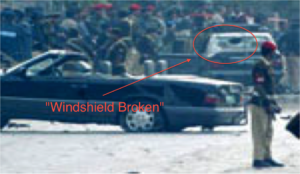
And the moral of the story….? Never trust an artillery officer….they are short and fat and tend to seize power in a military coup…
(next week…. A clockwork timed IED that killed 800 people in 1585… constructed in the most remarkable way. I kid you not.)

